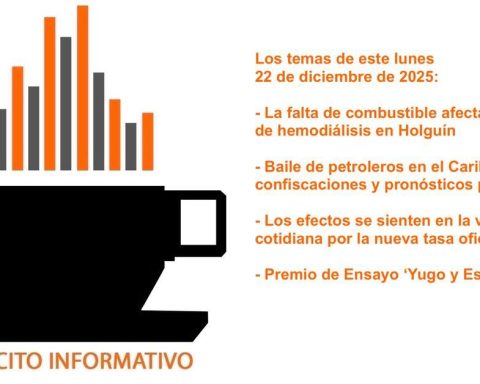This Wednesday, May 18, the Jaime Díaz Quintero water treatment plant will operate at 50% of its capacity due to adjustments to the pure water intake pump and cleaning of sediments 1 and 2 that guarantee the quality and production of the plant. .
According to the National Institute of National Aqueducts and Sewers (IDAAN) the work will be carried out from 8 in the morning to 5 in the afternoon, affecting the supply of drinking water with low pressures in the districts of Coco and Guadalupe and leaving without the supply to the corregimientos of Playa Leona, Barriada Costa Oeste, Villas de Costa Oeste, Residencial Don Juan and surroundings; also to the Mastranto Gardens, Lomas del Mastranto in the district of La Chorrera.
Other sectors that will be affected will be the Juan Demóstenes Arosemena corregimiento and part of Vista Alegre in the district of Arraiján.
IDAAN reported that they will take the necessary measures to affect the district hospitals of La Chorrera and Arraiján as little as possible.
The entity asked its customers to take the necessary supply measures to avoid being affected by this service stoppage.
 Sending Data…
Sending Data… 










